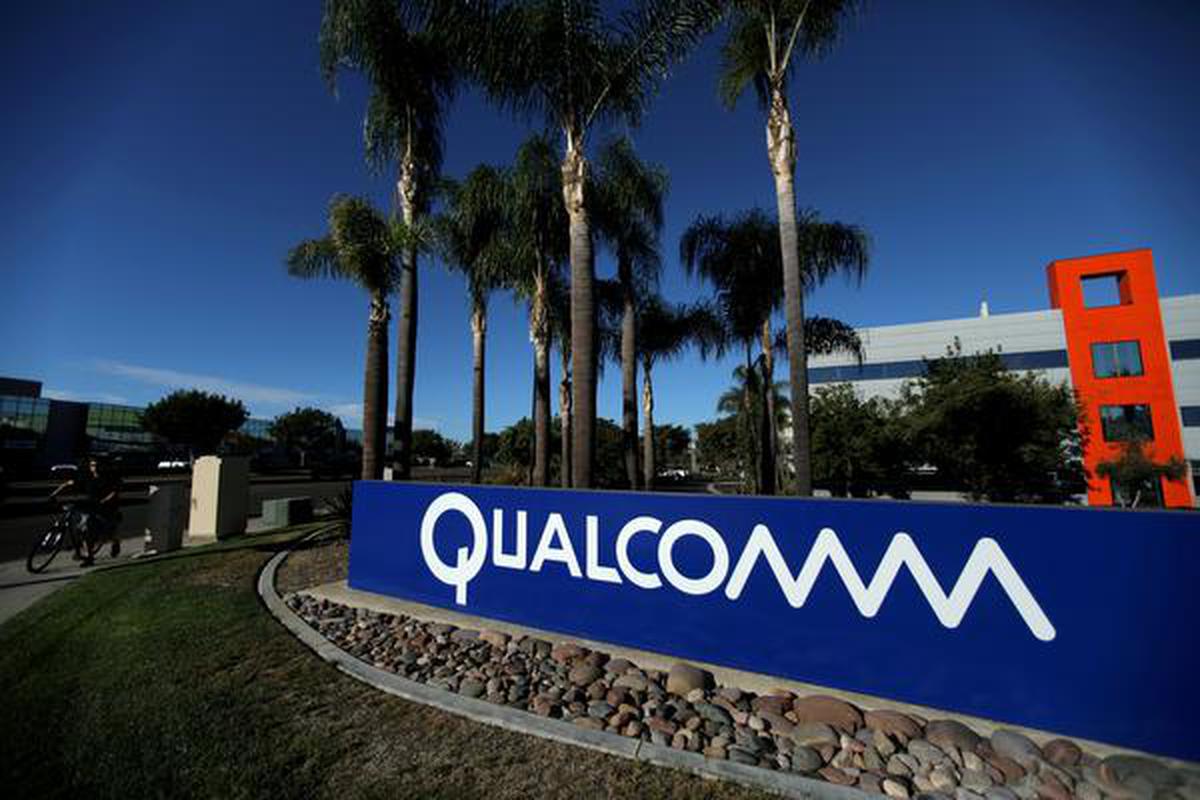With the Snapdragon X75, Qualcomm’s 5G-advanced ready chipset, the company is preparing for the next stage of 5G. Although it will support 3GPP Release 18, which is regarded as 5G-advanced and is expected to be completed in the middle of 2023, the chip is based on the 3GPP Release 17 standard. Advanced features of 5G Enhanced uplink coverage and integrated access backhaul are included (IAB). IAB permits a provider to designate a portion of its spectrum for wireless backhaul, so it is not necessary to install fiber to each base station for backhaul.
The X75 is designed for all types of connectivity devices, including smartphones, cars, Internet of Things devices, 5G private networks, and fixed wireless access. It has a new architecture and software suite (FWA) receivers.
According to Qualcomm, the Snapdragon X75 has a converged transceiver that operates in the millimeter wave (mmWave) and sub-6GHz spectrums. The senior vice president and general manager of Qualcomm Technologies, Durga Malladi, claims that this converged transceiver is 20% smaller and uses less power. Additionally, the engineering bill of materials (EBOM) is decreased by 40%.
Anshel Sag, the principal analyst at Moor Insights & Strategy, claimed that operators like Verizon, which has 5G deployed on both mmWave spectrum and C-band spectrum, will benefit from the converged transceiver of the X75. Additionally, he thinks that some operators might find it more appealing to adopt mmWave thanks to this converged transceiver. We could also envision this facilitating the adoption of mmWave in areas where the 5G mid-band is beginning to become saturated and might need some mmWave deployments to alleviate congestion,” he said.
Additionally, the X75 offers FDD uplink MIMO for sub-6 GHz bands and 5x downlink carrier aggregation. The 5x downlink carrier aggregation, according to Malladi, is crucial as operators implement new spectrum bands into their 5G deployments. Additionally, the chip offers better uplink speeds, which are becoming more significant to consumers, by using two FDD carriers for the uplink. According to Malladi, uplink throughput gains of up to 50% have been observed.
Additionally, the X75 has a mmWave beam management system powered by AI for more dependable connectivity and location accuracy.
The X75 was introduced along with Qualcomm’s 5G Advanced-ready FWA Platform Gen 3 announcement. This platform is powered by the X75 and can provide fixed wireless broadband service over mmWave and/or sub-6 GHz spectrum. The FWA Gen 3 platform supports tri-band Wi-Fi 7 and comes with dynamic antenna steering capability that makes it easier for customers to self-install.
The X75 is currently being sampled by customers and Qualcomm anticipates initial deployments will be in the second half of 2023.


